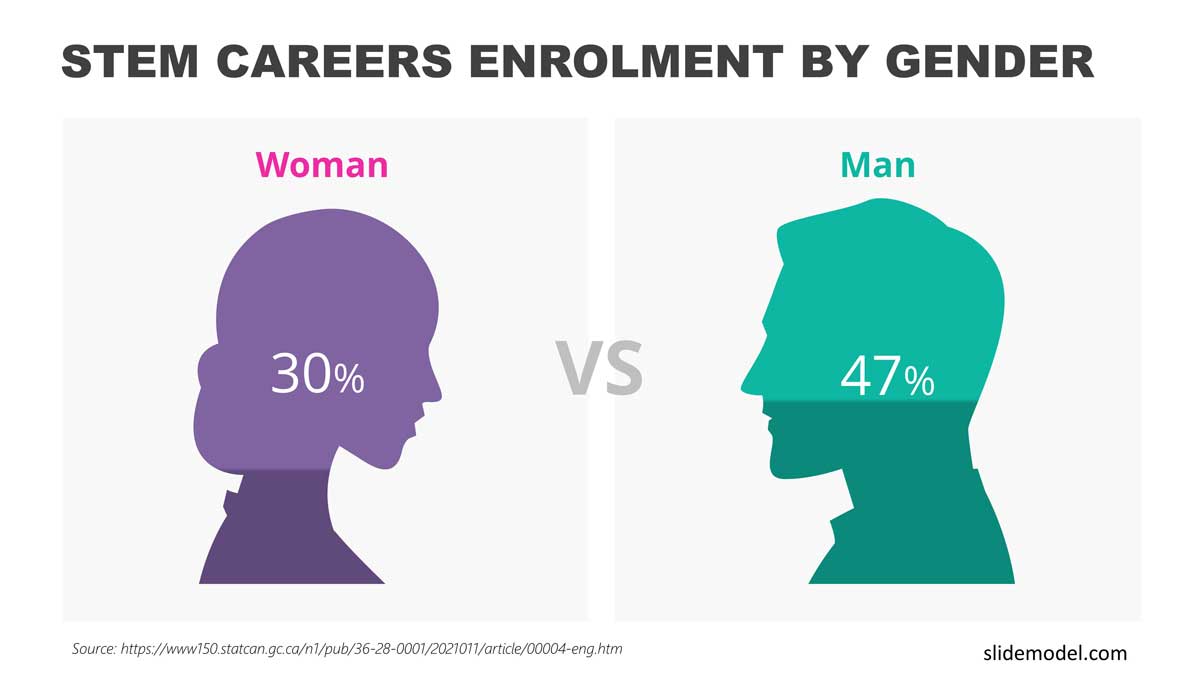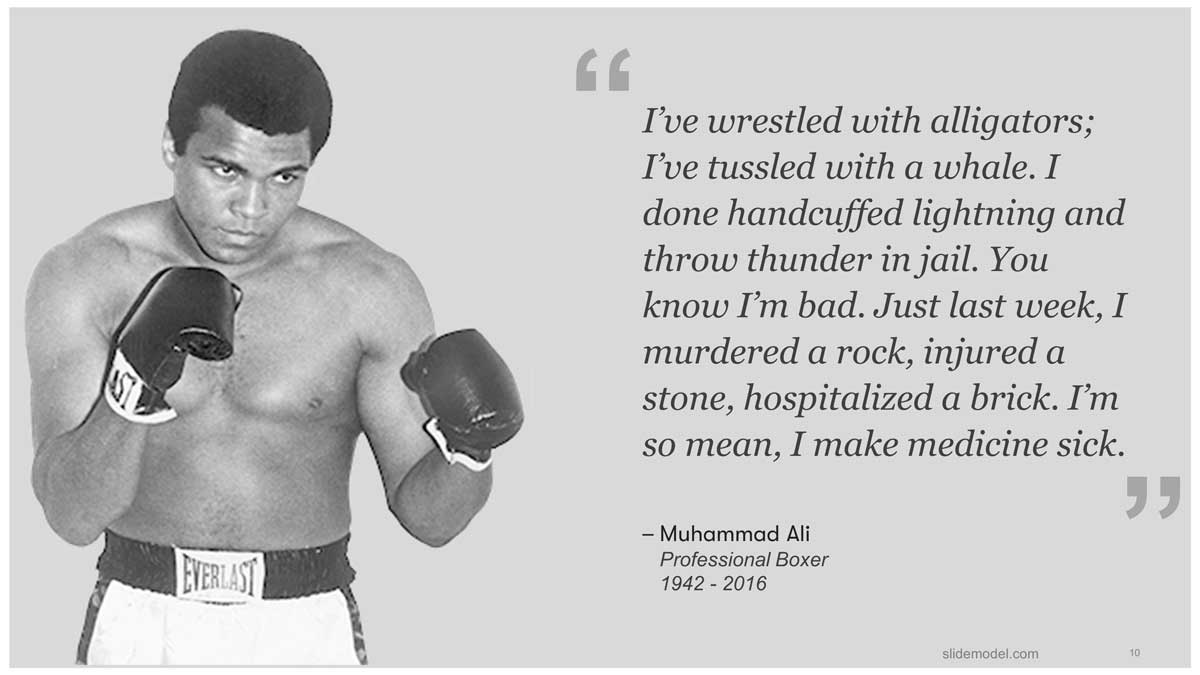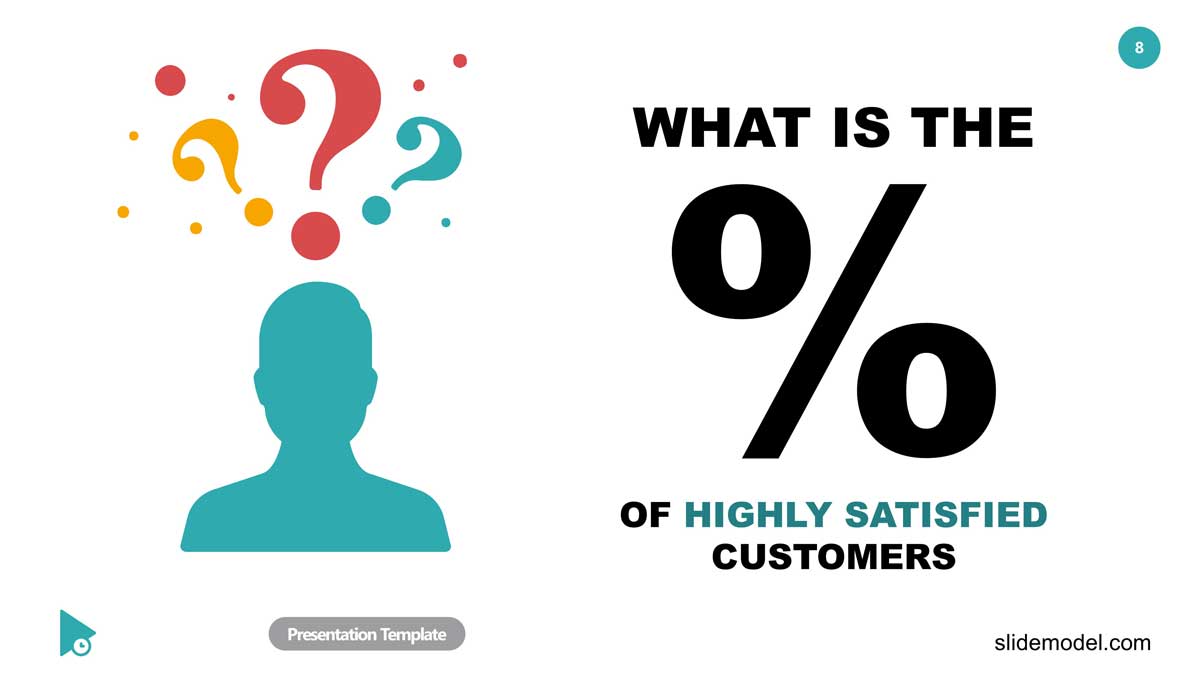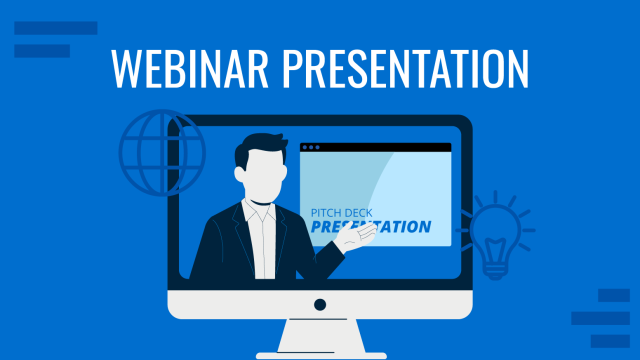
Our attention span has melted down to seconds. Our inner voice is constantly distracting us. Keeping the level of attention high in an audience is one of the biggest challenges for presenters. The situation has not improved in online presentations, especially in home-office set-ups. Home deliveries, kids at home, and a noise-making plumber – Goodbye, attention! In general, offline or online, we want to apply techniques that help us increase our audience’s engagement level. In this article, we will describe the Kinder™ Egg effect technique.
What Is the Kinder™ Egg Effect?
Since 1974, the Italian company Ferrero has sold more than 30 billion Kinder™ Eggs. Apart from the chocolate and the toys inside, hypothetically, the success of Kinder™ Eggs can be explained by the three big emotions they cause. They trigger curiosity, suspense, and surprise – the Kinder™ Egg effect.
As a presenter, you want to add these emotional triggers to your speaking. In “The Influences of Emotion on Learning and Memory” (2017), scientists Tyng, Amin, Saad, and Malik conclude that emotion substantially influences the cognitive processes in humans, including perception, attention, learning, memory, reasoning, and problem-solving. Emotion has a powerful influence on attention, significantly modulating the selectivity of attention and motivating action and behavior. When you seize the Kinder™ Egg effect, you will increase your emotional impact, which improves or sustains the level of attention in your audience.
The Emotional Benefits of Curiosity, Suspense, and Surprise
Curiosity Kills More Than The Cat
According to Merriam-Webster, curiosity is the desire to know. When your audience desires to learn something from you, you have their full attention.
Curiosity doesn’t only kill the cat; it also kills boredom.
Curiosity by itself is an emotion. The term curiosity can denote the behavior or feeling of being curious regarding the desire to gain knowledge or information. Curiosity as a behavior and emotion has been attributed over millennia as the driving force behind human development and developments in science, language, and industry.
Drive your audience’s curiosity with your presentation, and they will be more attentive.
Learn From Hannibal Lecter
Tension and suspense are powerful emotional experiences in various contexts (e.g., music, film, literature, and everyday life). Think about the movie “Silence of the Lambs.” When you saw the movie or read the book for the first time, was there any single point of the story when you could not pay attention? The level of suspense rises and rises, and so does your awareness.
In business presentations, do not give everything away in your title slide. Nor in the first half of your presentation. Add suspense, learn from Hannibal, drive their attention.
Surprise Them Like Quentin Tarantino
According to award-winning neuroscientist Wolfram Schultz, University of Cambridge, surprise intensifies emotions by about 400%. Think about the last movie you saw by Quentin Tarantino. A considerable portion of his success formula is his non-linear approach to storytelling. Surprise, surprise, surprise – viewers are constantly emotionally engaged.
As a speaker, you want to add surprise to your presentation. Surprise is emotion, and emotion is attention.
Six Ways to Drive Curiosity, Suspense, and Surprise in Your Slide Presentations
Knowing about the benefits of curiosity, suspense, and surprise is good. But you also want to know how to apply these attention grabbers in your presentations.
The structural effect theory by Brewer and Lichtenstein (1982) states that the presenter can evoke different affective responses by manipulating the order in which it narrates the story’s events.
For example, by postponing the story’s outcome, the presenter can evoke Suspense. “Don’t tell them. Don’t tell them. Still – don’t tell them. Then tell them.”
Curiosity is evoked by presenting the outcome before the preceding events. Movies and TV shows love to do that! In case you have watched the show, think about Breaking Bad.
Finally, present an unexpected event to trigger surprise. Tarantino-style! The following six slide patterns are based on these three drivers of emotion and attention. You will seize the Kinder™ Egg effect when you apply them in your presentations.
The Hook Slide
What is the first slide of any presentation at any internal or external event? The title slide includes the title of the talk, sometimes a subtitle, the presenter’s name, the date, the place, the logo, and maybe a corporate stock photo for decorative purposes.
Do you know the golden rule of rhetoric? The golden rule of rhetoric is: There are no rules. They could do it differently, more creatively, and set their own rules.
Back to the title slide. Does a title slide trigger curiosity or suspense, or surprise? Does a title slide trigger anything but a sensation of standard in your audience? And would it be too far-fetched to argue that the first impression is a crucial moment for you as a presenter?
TV shows like Breaking Bad do it differently. They don’t use title slides. Instead, they show you the outcome before the preceding events. They hook you by creating curiosity.
You can do the same in slide presentations. You can hook your audience by using a first slide that only shows a cue of your conclusion. For example, a number like 83,000,000. Your first sentence could be: “This number will change our business model.” Then, without elaborating on the number, you continue with the evolution of your business model. Later in your presentation, the number comes back, and you resolve the hook.

Another example of a hook slide is the use of a date. You can place a highly visible slide with a date. For sure it will trigger curiosity.

Use hook slides to captivate your audience from the beginning.
The Infographic Slide
Think about a typical slide of a business presentation. What does it look like? Content, content, content, plus a decorative image or symbol.
The problem with these slides is what scientists call “inattentional deafness”. Focusing on a visual task makes us momentarily deaf to our surroundings, meaning we cannot read slides and listen to the presenter simultaneously.
For that reason, when you present with a screen, always make sure that your slides do not replace your speech but complement it (screen slides).
Infographic slides are made for the screen. They generally add power to your point. And they generate a second significant benefit.

We all have a logical and emotional brain, and the audience cannot separate fact and emotion. Some audience members are poets, others are accountants, and others are more graphic-oriented.
Infographics speak to both groups in your audience. Is it a coincidence that LinkedIn is drowning in a sea of infographics today?
To catch your audience’s attention, you can add a mix of curiosity and suspense to your infographic slides.
First, you only show the structure with little or no information. Then, click by click, you add more details—full attention from A to Z.
The Equation Slide

You achieve the same effect of curiosity plus suspense when you show equations with initials.
Equations raise the bar of quality in any business presentation. They simplify complexity, and your audience understands the logic behind a simple equation, even if they were terrible at maths at school.
One of the predominant business equations, for example, is the Trust Equation by Maister, Green, and Galford (2000). These Harvard professors studied the commercial success factors in the legal business. First, they found that “trust” was the most crucial factor. Then, their goal was to quantify trust.
Trust = (C + R + I) / S
If you don’t know the equation, are you curious to know what the letters mean? This feeling happens to your audience with every equation you throw at the screen.
What does the “C” mean? What does the “R” represent? Your audience pays 100% attention.
Letter by letter, you explain to your audience the meaning of the equation: credibility and reliability and intimacy and self-orientation.
The Punch Slide
Humor is a pattern that triggers every laugh by your audience, which is excellent news for presenters who think they are not funny.
For example, in a press conference, Muhammad Ali once said: “I’ve wrestled with alligators, I’ve tussled with a whale. I done handcuffed lightning and throw thunder in jail. You know I’m bad. Just last week, I murdered a rock, injured a stone, hospitalized a brick. I’m so mean, I make medicine sick.”

The press laughed. Why? Because hyperbole, exaggeration, is a universal pattern of humor.
Do we want to make our audience laugh? It depends on the speech but is an intelligent resource to change context and reach emotions. There is no bad laugh? Laughter breaks the ice; laughter is positive energy. When you make others laugh, you come across as more charismatic. Humor is a winner.
In general, you can use eight patterns to make your audience laugh: Hyperbole, understatement, irony, fall of the alpha dog, self-deprecation, call the room, call back and saying the unexpected.
The latter is the standard pattern in literally any joke on this planet. Joke tellers build an expectation in the audience. Then, they deviate and say something unexpected, and that’s the punch line.
The great late US-American comedian Rodney Dangerfield, king of the one-liners, said, “My wife and I were happy for 20 years. Then, we met.”
With slides, you can achieve the same effect. Imagine you present the new customer service approach in your company. Using screen slides you explain to your colleagues the four pillars of the project. It all makes sense. Then, you say, “But all this will only work if we are more enthusiastic than this guy here…” You click, and the bored dog pops up.

Meeting after 20 years of happiness or a bored dog – saying the unexpected is a universal humor pattern.
Surprise your audience with unexpected images.
The Quiz Slide

Are you capable of not answering a question you hear? You proved you could. Every question you ask your audience catches 100% of their attention. In your presentations, you can ask open questions and closed questions.
Open questions are dangerous. Poet William Ernest Henley was the master of his fate, he was the captain of his soul. But you, as a speaker, will never be the master nor captain of the audience’s reactions to your open questions. Asking a question like, “What do you think about our current strategy?” opens the gates to hell. Suffice to think about the strong characters in your audience. They love to give challenging answers, don’t they?
“Who of you thinks that our strategy can be improved?” Closed questions are safe.
A quiz question is a particular form of a closed question. When you ask a question like in the slide above, your audience can choose between 100 possible answers – from 1% to 100%. But every person can only answer with either a single word or a short phrase, which is the definition of a closed question.
Wheel of Fortune. Who Wants to Be a Millionaire? Jeopardy! Audiences love quizzes. Quiz slides trigger all three attention boosters – curiosity, suspense, surprise.
Add quiz slides to your presentations.
The Black Slide

What is the golden rule of rhetoric again? Exactly, there are no rules. Why do presenters always think they have to use slides all the time?
The Mount Everest of monotony is a corporate slide template. But – has monotony ever been good in our lives?
Surprise comes when you break the monotony. Black slides surprise your audience. In offline presentations, a black slide, a black box on top of your corporate template, lets the audience refocus on you, the speaker – instantly.
You can use black slides for flipchart breaks, storytelling, or demonstrations with physical objects.
In online presentations, especially with Microsoft Teams, the black slide is less effective. It is more recommendable to stop sharing the screen during non-slide parts of your presentation.
In offline presentations, the black slide makes a huge impact.
Conclusion
Hooks, (almost) naked infographics, equations with initials, punch slides, quizzes, and darkness – use your slides to trigger their curiosity, build suspense, and surprise them.
Your emotional impact will significantly improve your audience attention levels. Seize the Kinder™ Egg effect and turn your slide presentations into a show.
KINDER is a trademark of FERRERO S.P.A.. Filed in June 13 (2012)


